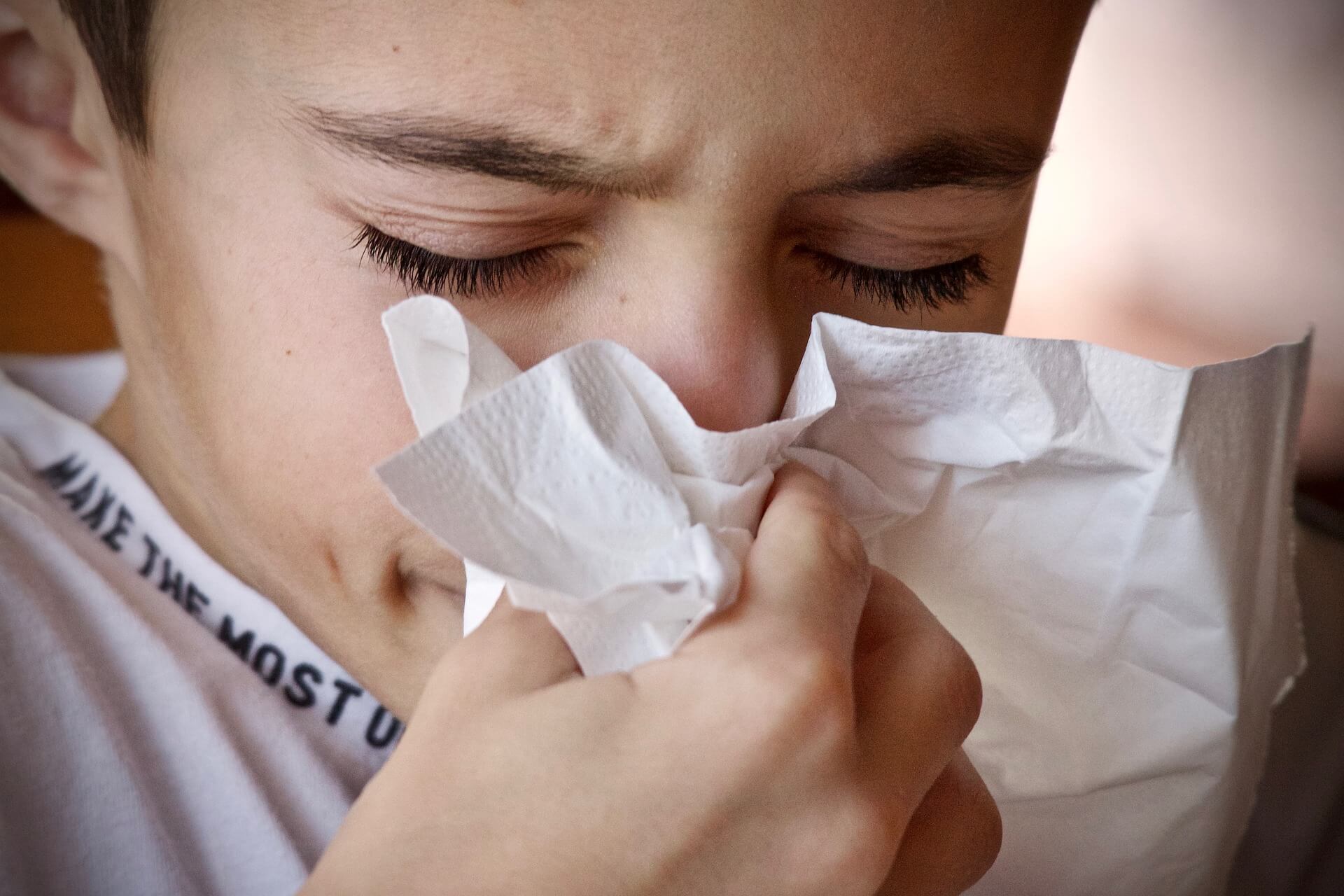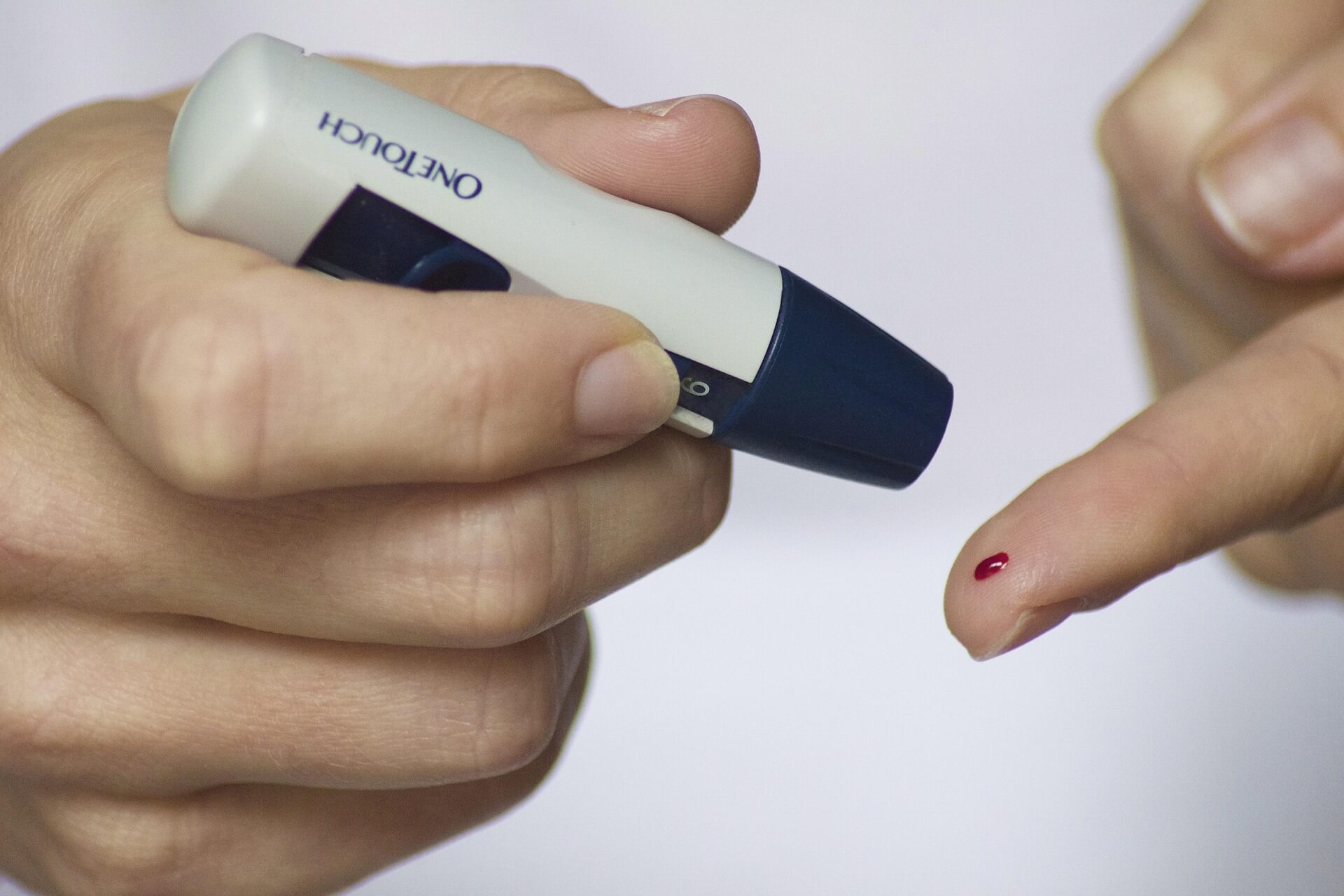Our food allergy and intolerance testing is proving to be very popular. However, in order to improve the service, we have decided to introduce two separate tests: Food and Environment Allergy testing and a Premium Food Intolerance test. Both these services will be available shortly, keep an eye on our website for further information.
Meanwhile here’s all you need to know about both tests, so you can decide which one is best for you.
What is the Difference Between a Food Intolerance and a Food Allergy?
A food allergy provokes a more serious reaction than a food intolerance. It triggers a reaction in your immune system.
An allergy will give you symptoms such as skin rashes and hives. More serious, life threatening symptoms include swelling, difficulty breathing and anaphylactic shock.
Common foods that provoke an allergic reaction are peanuts, shellfish, dairy products, fish and wheat.
A food intolerance causes a reaction in your digestive system and causes uncomfortable symptoms such as tummy pain, bloating and gas. Bread, pasta and milk often cause a food intolerance.
How Will Identifying a Food Intolerance Improve My Health
Symptoms of a food intolerance often include bloating, diarrhoea and stomach pain. These symptoms can impact your daily life and make working or studying difficult because you feel unwell.
When you identify the foods or environmental causes of your intolerance you can take steps to manage your condition which should improve your symptoms and make you feel better.
Why Does My Body React Badly to Some Foods?
Let’s take an example of a gluten intolerance; when you eat bread for instance, your body identifies the gluten in bread as a foreign body. Then, mistakenly, it treats the gluten as an irritant which causes inflammation. It is the inflammation that gives you stomach cramps, bloating and diarrhoea.
What’s the Difference Between The Premium Food Intolerance Test and the Food and Environment Intolerance Test?
The Premium Food Intolerance Test
This test will tell you whether you have a sensitivity to more than 200 ingredients in food or drink only. It does not include testing for allergies.
Common ingredients include:
The foods that often cause problems are:
- Wheat (bread, pasta, cakes)
- Milk (Cow, goat)
- Fruit (apples, pears, mango)
- Cured Meats (sausages, ham, bacon)
- Legumes (chickpeas, lentils and beans)
The test will give you a score from between 0 and 100 which demonstrates your level of reactivity:
0-11 Normal Reactivity
12-19 Borderline Reactivity
20-100 High Reactivity
If you have a high reactivity reading you may be advised to eliminate these foods and drinks from your diet altogether.
Food and Environmental Allergy Testing
This test will tell you what food, drink and environmental factors can give you an allergy. Some allergies aren’t life threatening but will give you uncomfortable symptoms, for example, hay fever, which makes you sneeze, blocks up your nose and makes your eyes itch.
This test looks at over 20 different foods including peanuts, seafood, wheat, milk, eggs and fruit. It also tests for 19 environmental causes such as trees and grasses, animal dander and dust mites.
The levels are measured from 0 to 6. 0 means you don’t have an allergy. 1-2 is a low reaction, 3-4 is a medium reaction and 5-6 is a high reaction.
How is the Test Carried Out?
The test is carried out at the pharmacy. We will take a sample of your blood with a quick pin prick on your finger. We then send off your blood sample to the laboratory for testing. When your results come back, we can give you advice about how to manage your allergy or intolerance so that you can improve your symptoms.
How Do I Make An Appointment?
Pop in to the pharmacy and speak to a member of staff. Give us a call on 01276 21002 or fill in the online form.






